The History of Modular Buildings & Modular Construction
History of Modular Building Construction
Over the years, the popularity of modular buildings has grown tremendously. While this unique building and construction method may seem to be new, the truth is it has been around for nearly two centuries. The first documented modular or prefabricated home was created by a London-based architect named John Manning in 1837.
Manning built a prefabricated house and shipped the units for easy assembly on-site. The home's appearance and unique design attracted the locals' interest. Modular construction soon gained popularity.
By 1853, hundreds of such modular homes were shipped to Australia, and these buildings were sighted all over the globe. During the California Gold Rush, which started in 1848 and ended in 1855, California saw a massive surge of immigrants; about 300,000 people from all over the world came to the city, and modular building became an effective solution to provide them a place to stay. Modular building construction made it easy for the Americans to assemble the components upon their arrival in America and complete the house in a quick span of time.
Modular Construction in India
In India, the concept of modular construction arrived much later than Europe and America. In fact, modular buildings have recently gained popularity. With the Government of India encouraging modular construction as a feasible solution to meet the massive gap between the demand and supply of homes, many new residential modular and commercial modular buildings have been constructed all over the country
Modular Construction Solution by Tata Steel Nest-In
Although there are many modular construction services in India, Nest-In from the house of Tata Steel is the leader in the industry, offering a wide range of innovative modular construction solutions like HabiNest . Backed by the legacy of Tata Steel, Nest-In is one of the most trusted and reliable services in the Industry.
HabiNest is a unique Light Gauge Steel Frame (LGSF) based solution that can be used for building both commercial and residential spaces. Today, many aspiring homeowners in India prefer modular construction solutions like HabiNest over building a traditional brick-and-mortar home because of its various benefits.
- HabiNest can be construction two times faster than the traditional homes.
- The steel used in making HabiNest is 100% recyclable.
- Construction of HabiNest requires 65% lesser material resources that conventional structures.
- The greenhouse gas-related impact of modular construction is 53% less, making it an environment-friendly construction solution.
- Another significant benefit of choosing modular solutions like HabiNest is that it significantly reduces the risk of on-site accidents. Since most of the construction work is done under a factory-controlled environment, the workers follow strict safety protocols reducing the risk of injuries or accidents.
HabiNest structures have a superior strength-to-weight ratio, which makes them highly resistant to strong winds, withstanding wind speeds of up to 240 km/hr. HabiNest weighs 70% lesser than traditional structures.
With faster construction time and environmental savings, modular construction is here to stay and is the most feasible solution to mitigate construction-related environment issues. In addition, the use of steel adds to the sustainable construction benefit and allows greener construction. Nest-In by Tata Steel helps in providing green and clean construction to improve everyday lifestyle.
Contact Us
Recent Post
Addressing the Demand for Durable, Long-Lasting Infrastructure
Rapid Response Infrastructure: Building Fast When Time Matters
Reduce Construction Pollution with Prefab: A Cleaner Way to Build
How Nest-In’s Off-Site Construction Outperforms On-Site Chaos
The Benefits of Prefab Construction: Faster, Stronger & Smarter
Category
- Nest-In 102
- HabiNest 65
- MobiNest 122
- Nestudio 28
- EzyNest 21
- Smart EzyNest 6
- ChargeNest 7
- Covid Offerings 4
- Brand 7







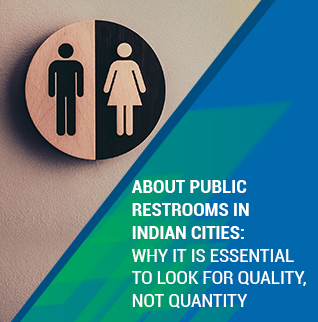



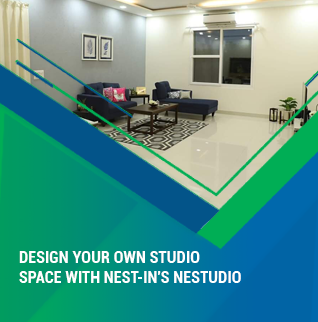






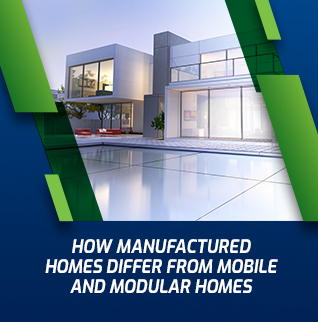


























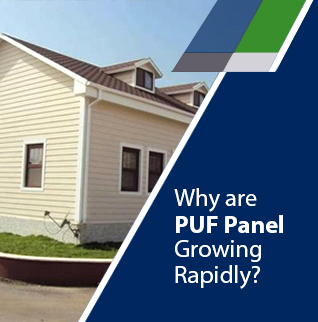




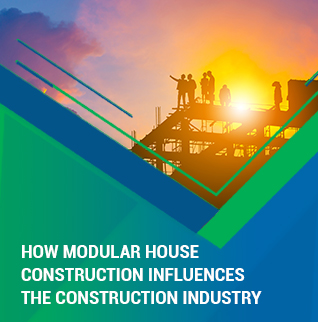







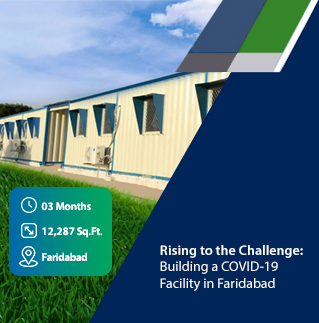






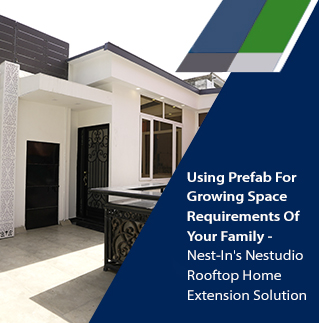




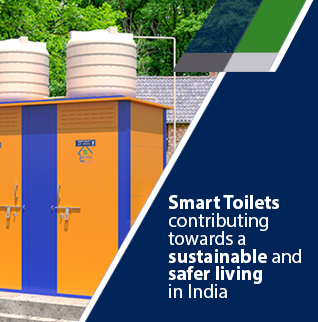






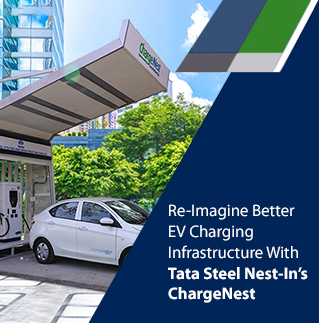





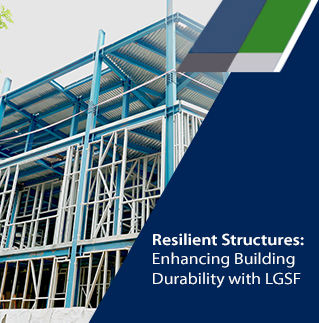

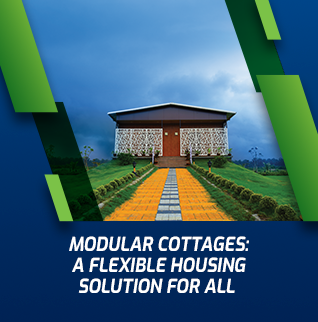












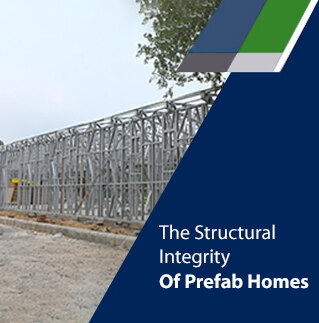















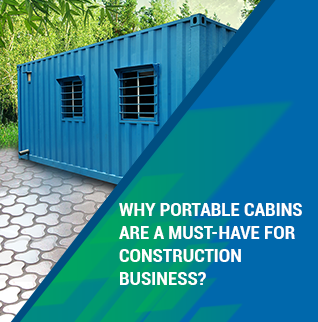

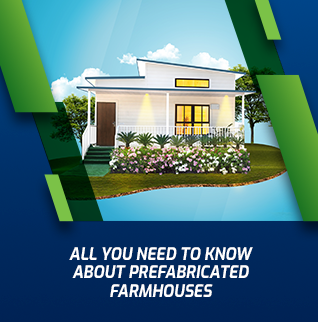
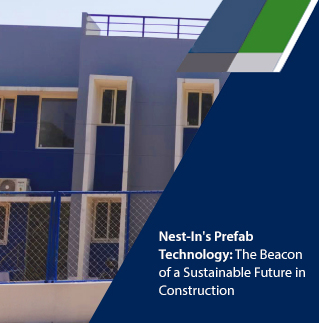




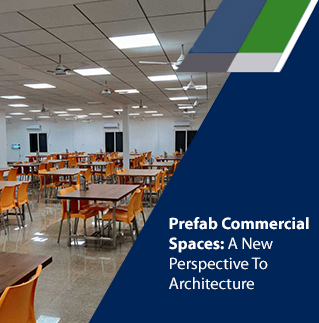
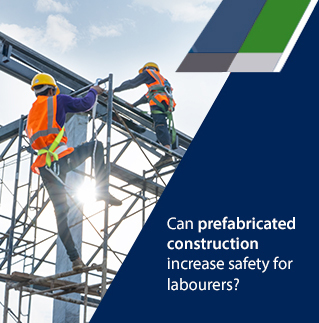












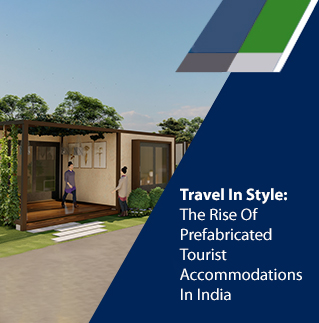




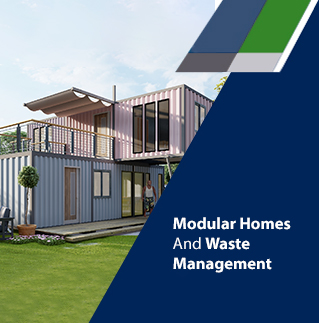





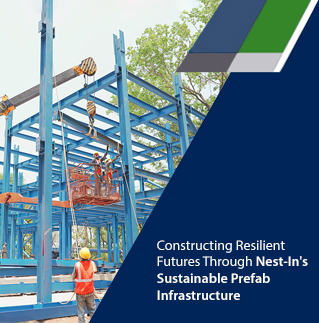





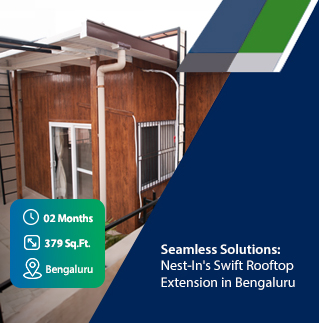





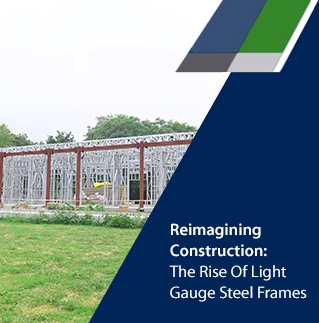















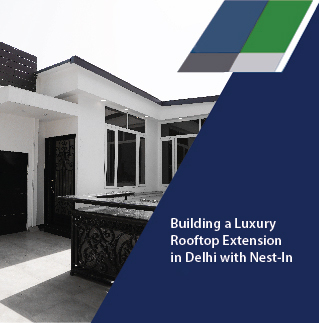











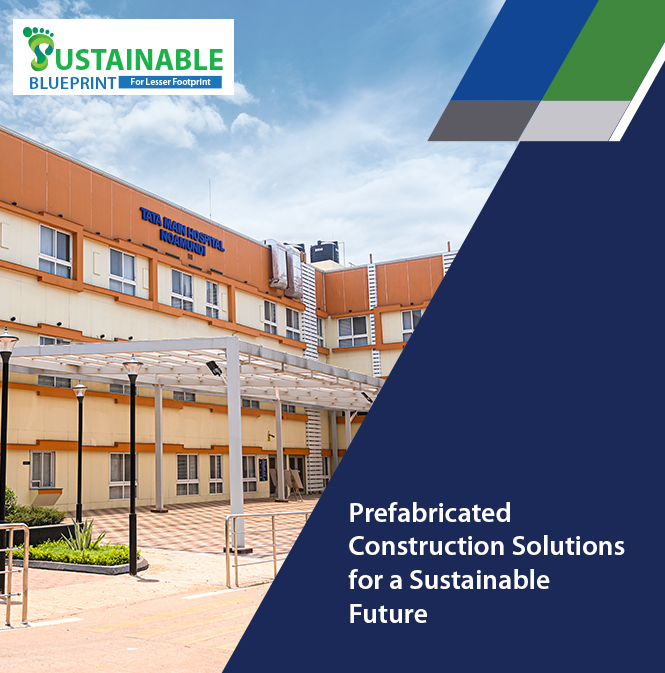















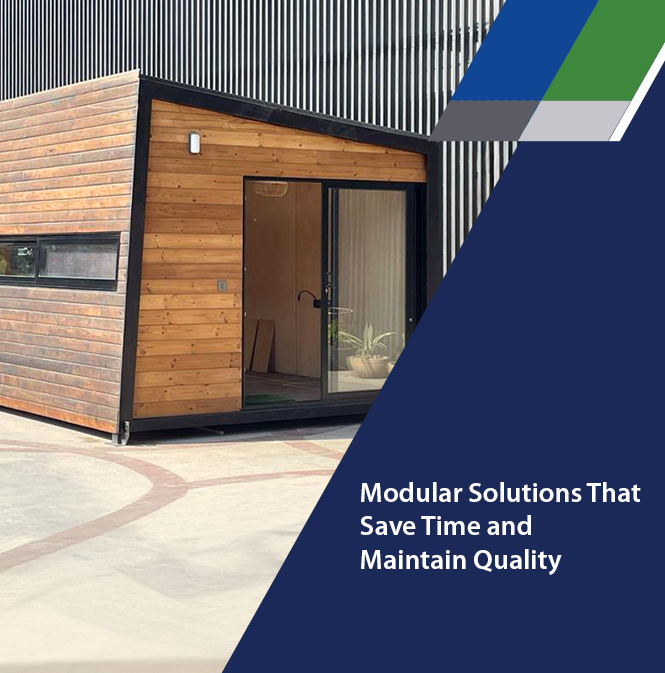



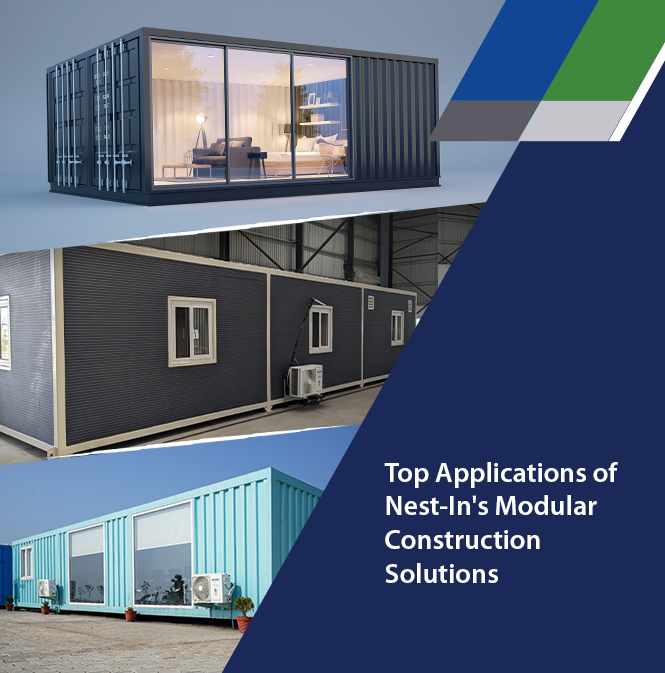



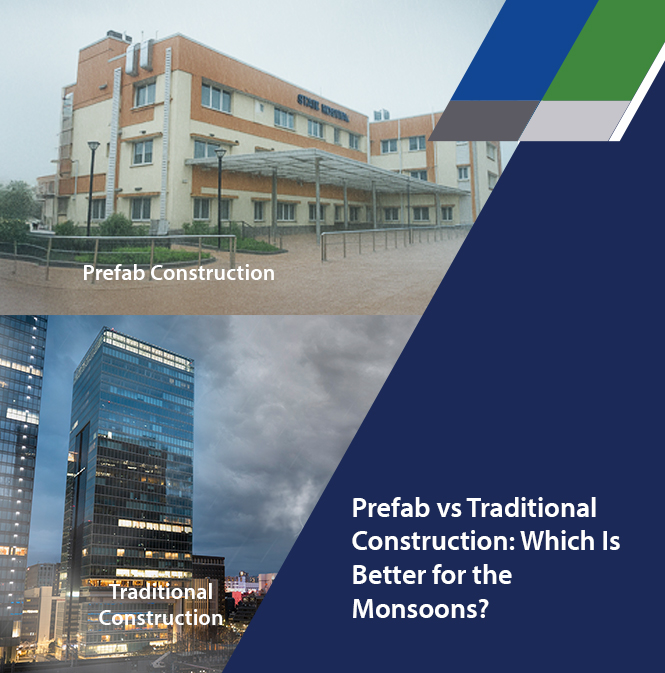







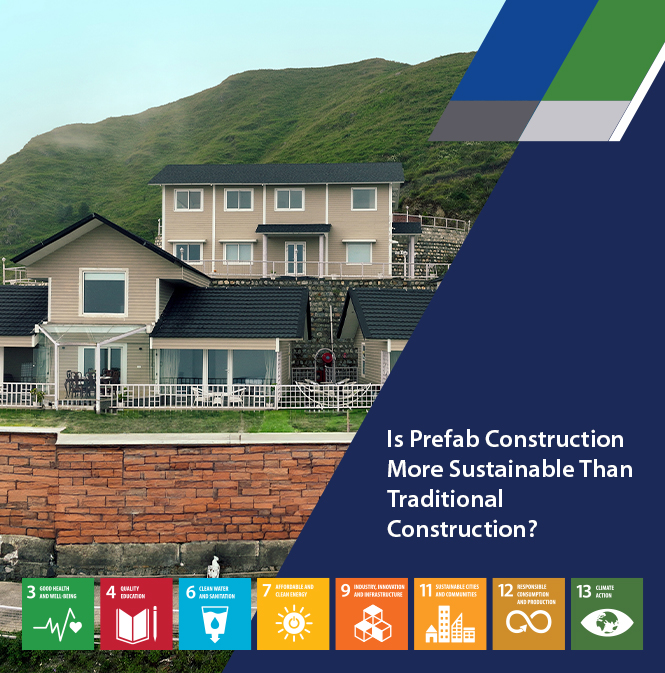

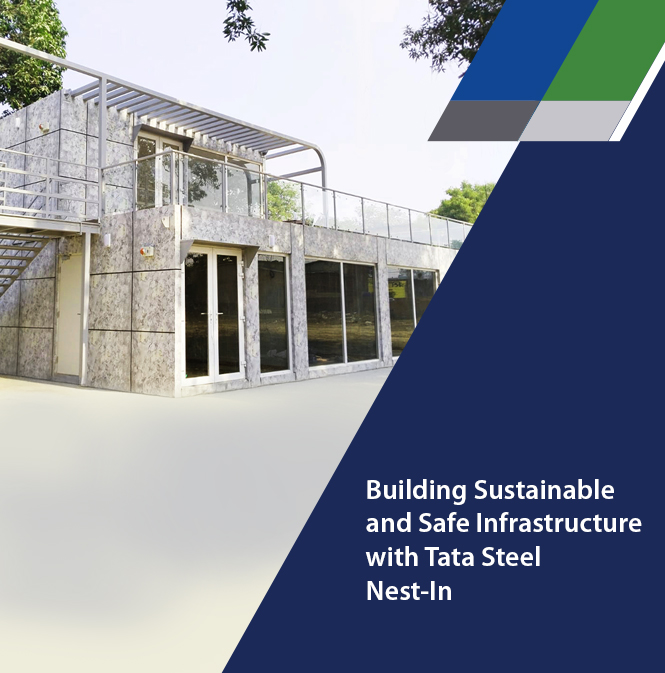


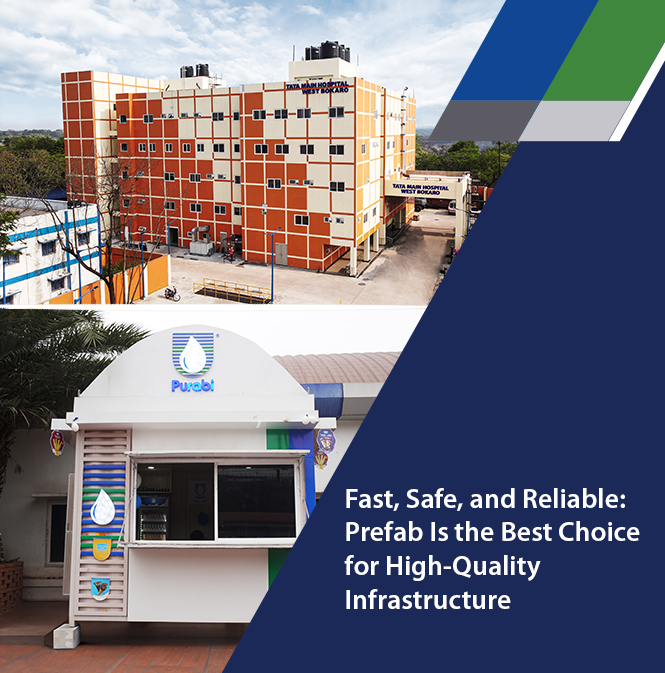
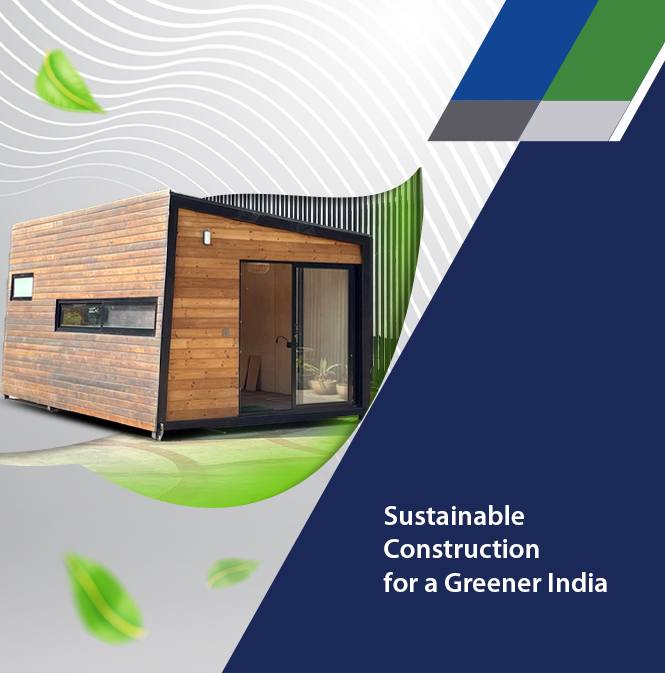
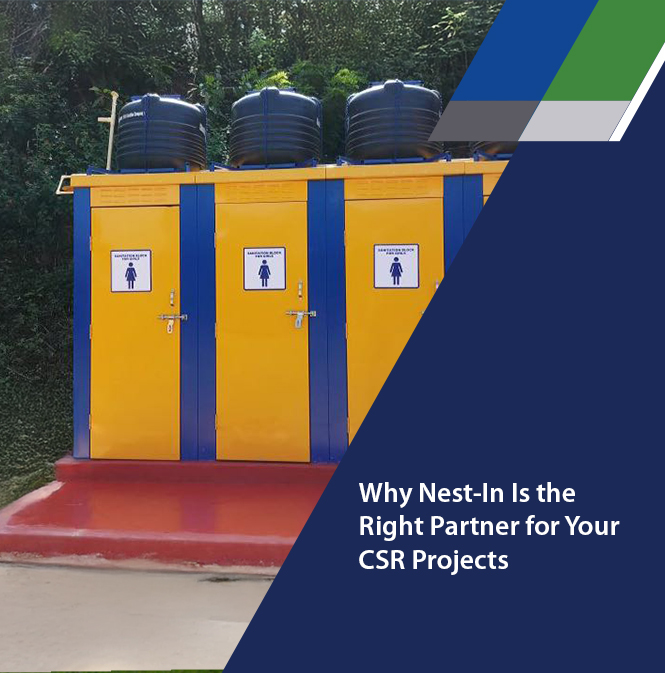



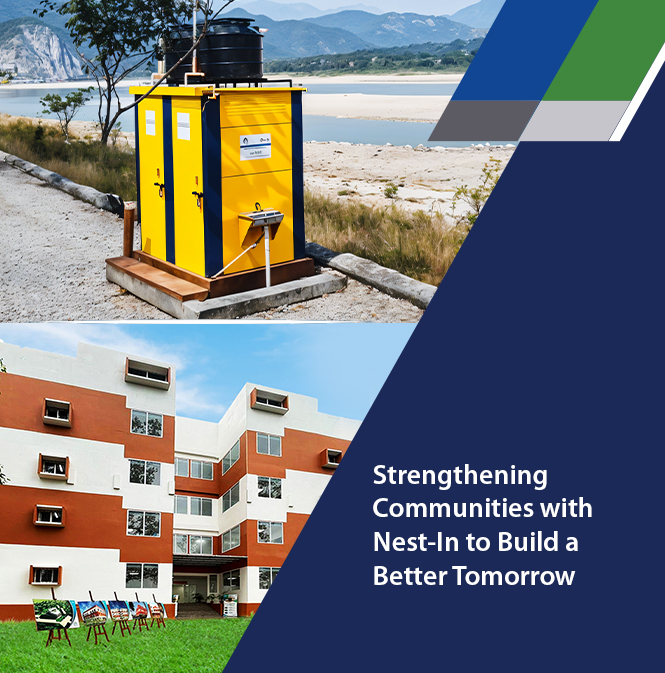


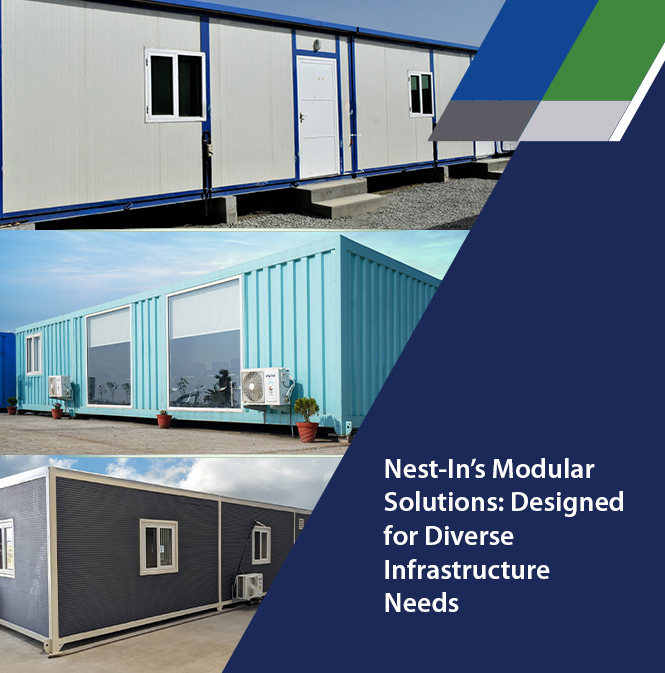




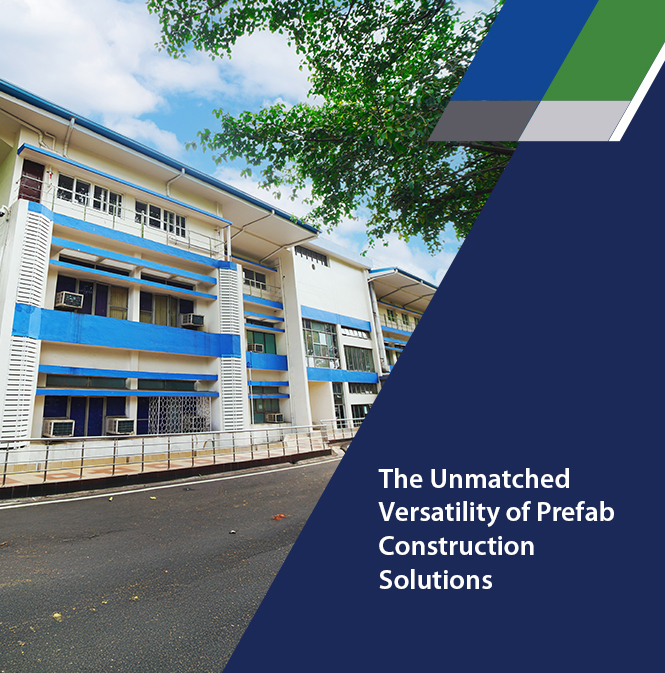


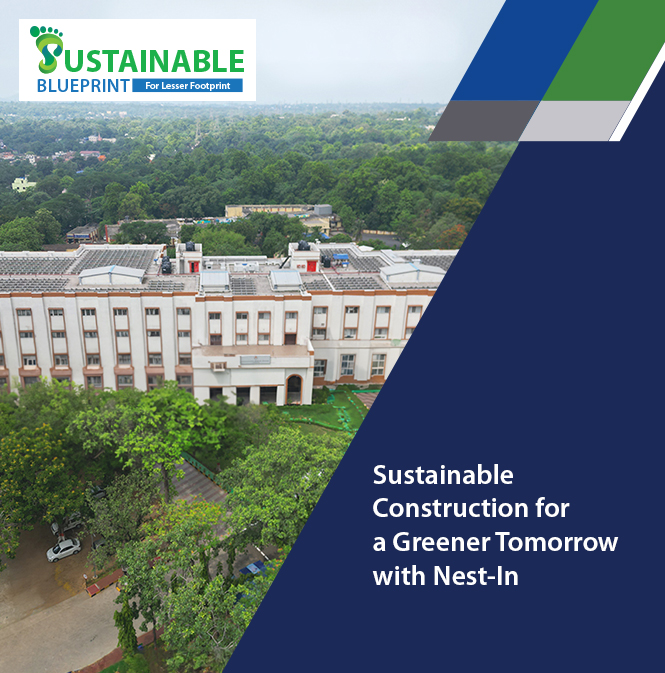







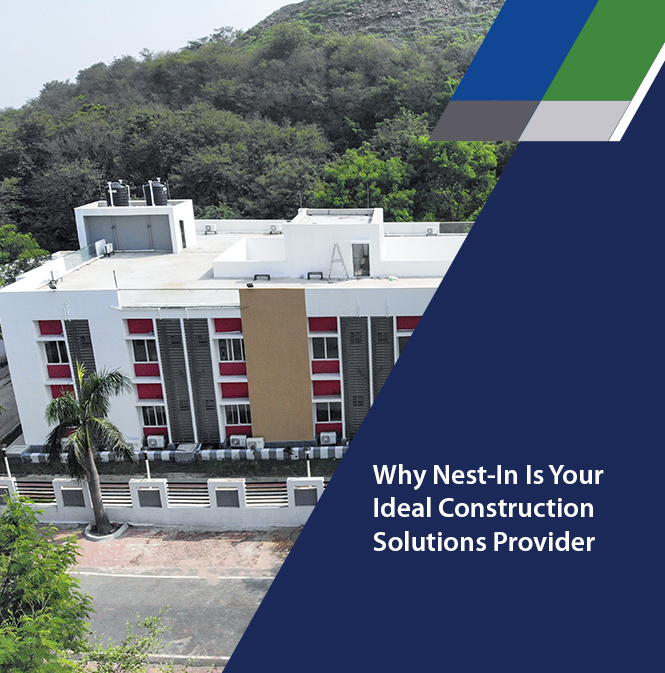
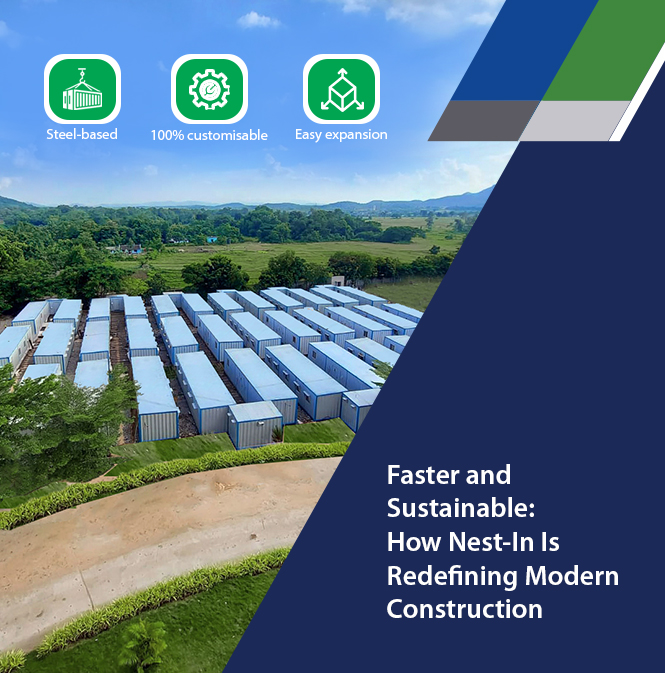



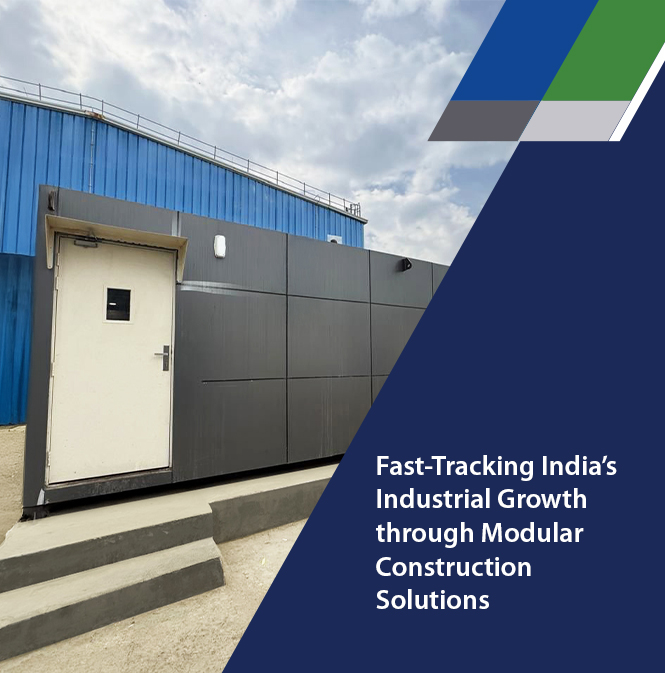
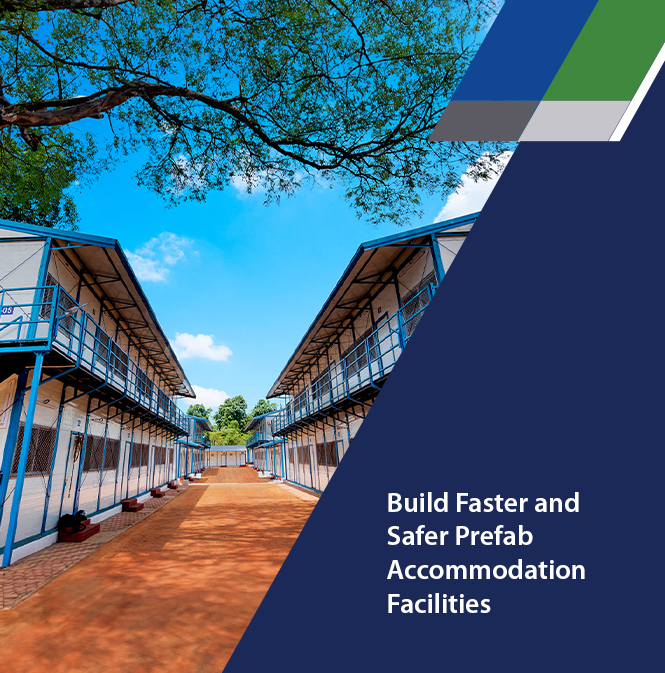











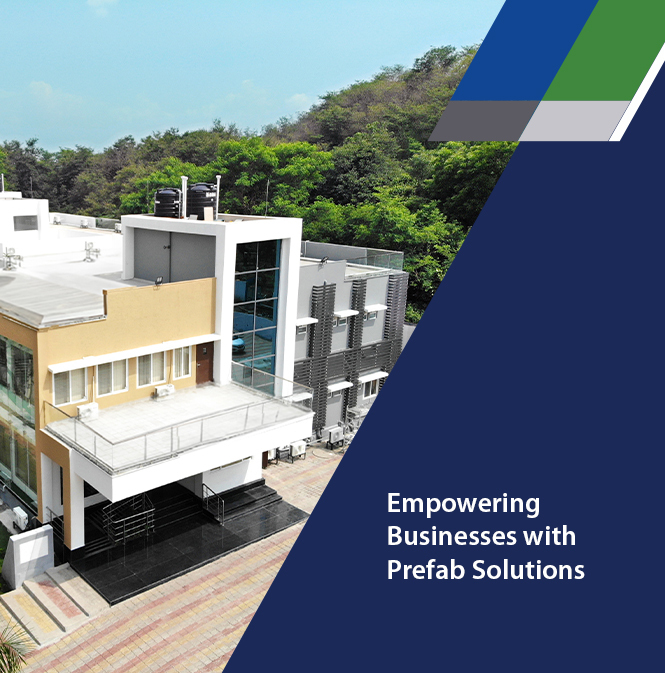


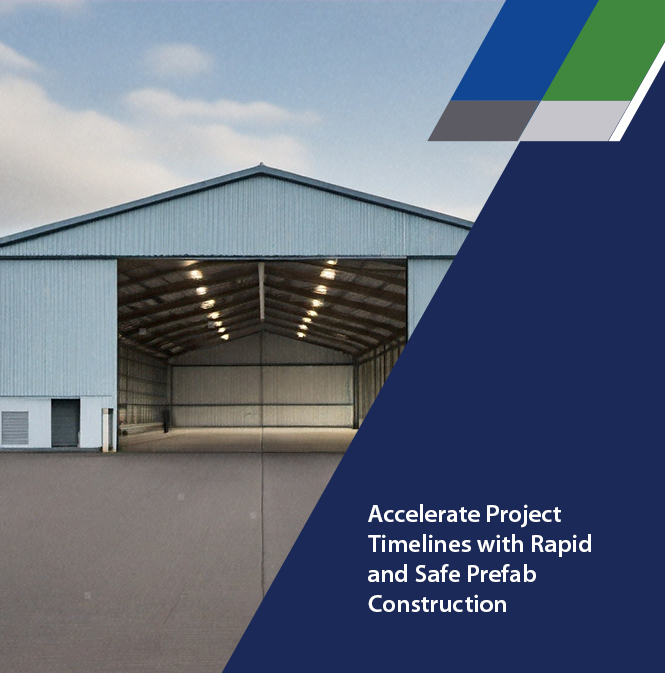

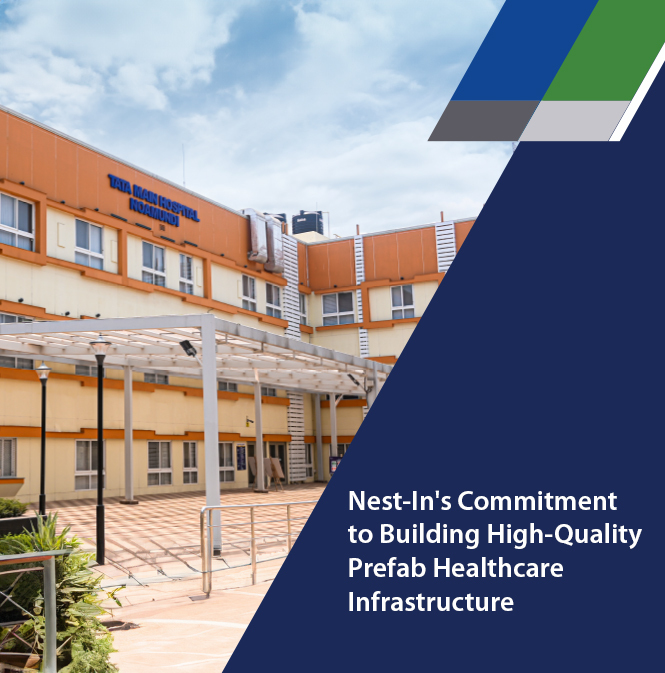




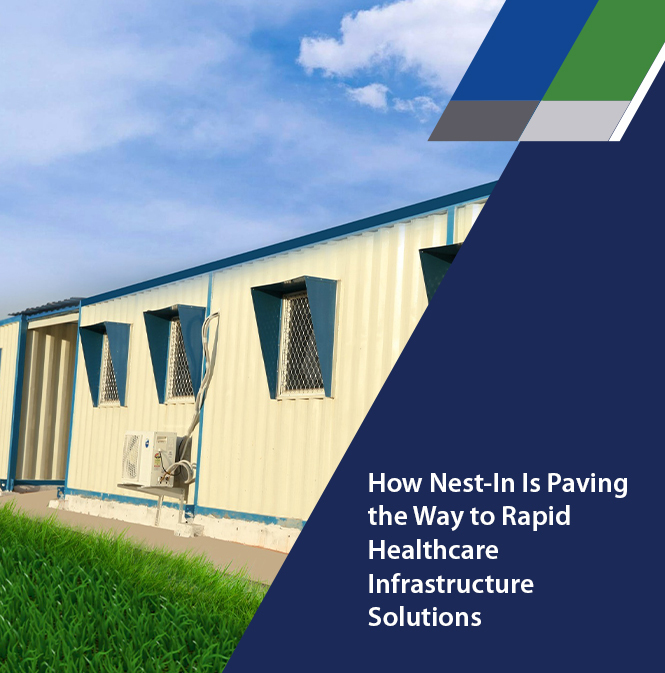




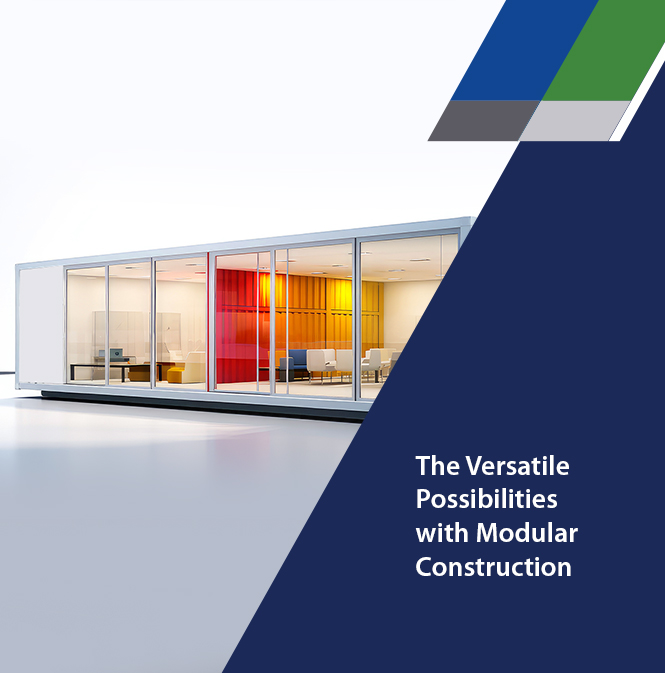

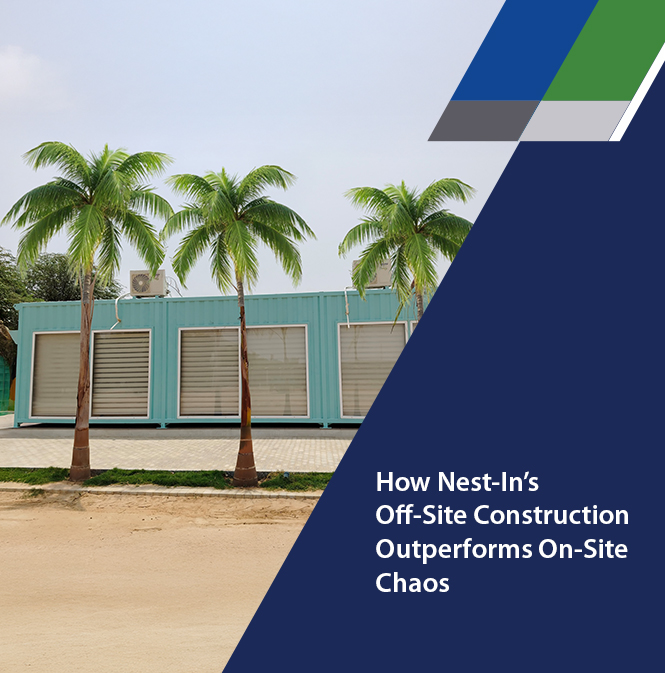
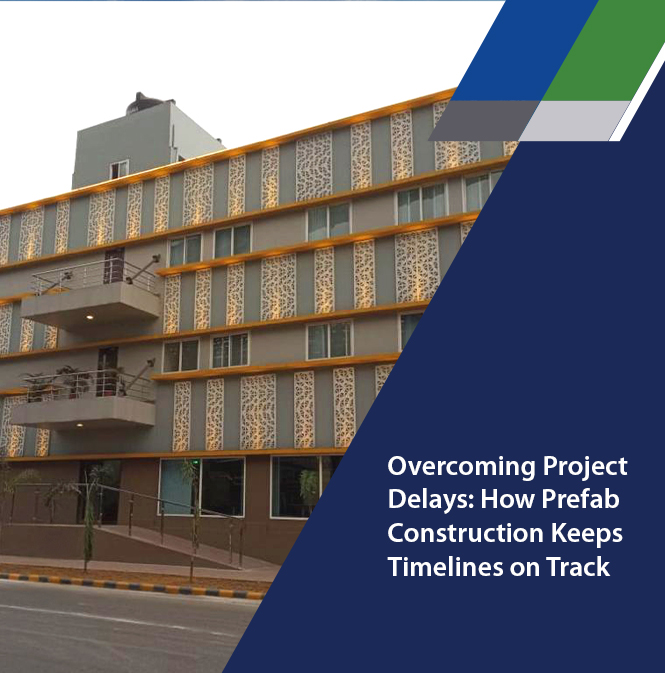







Add comment